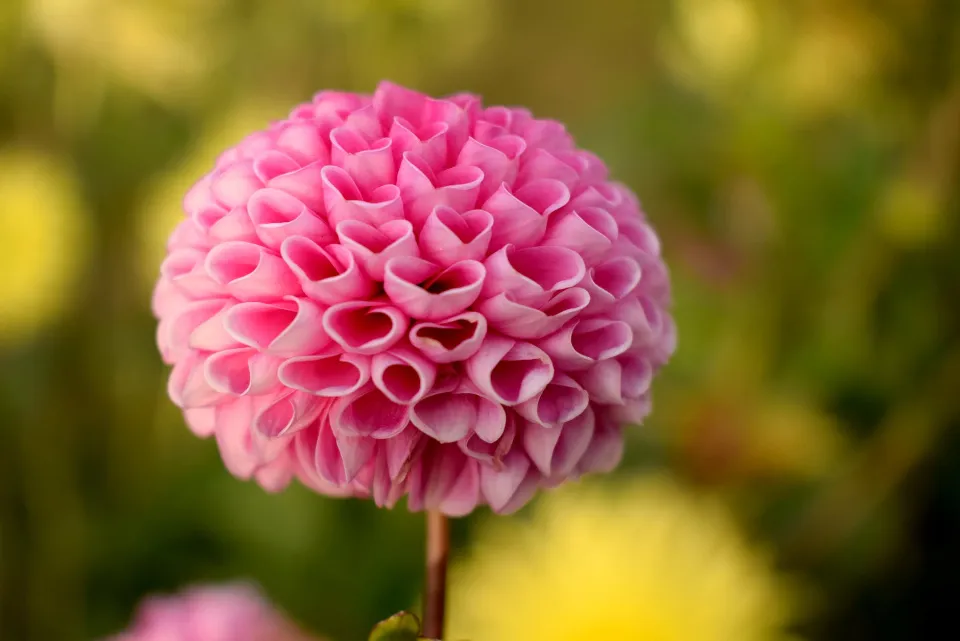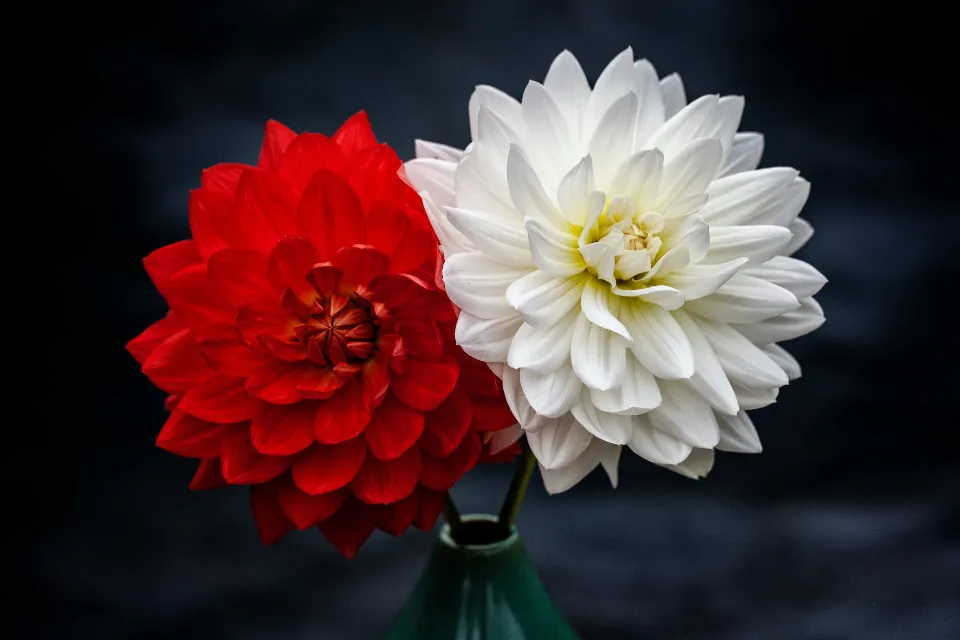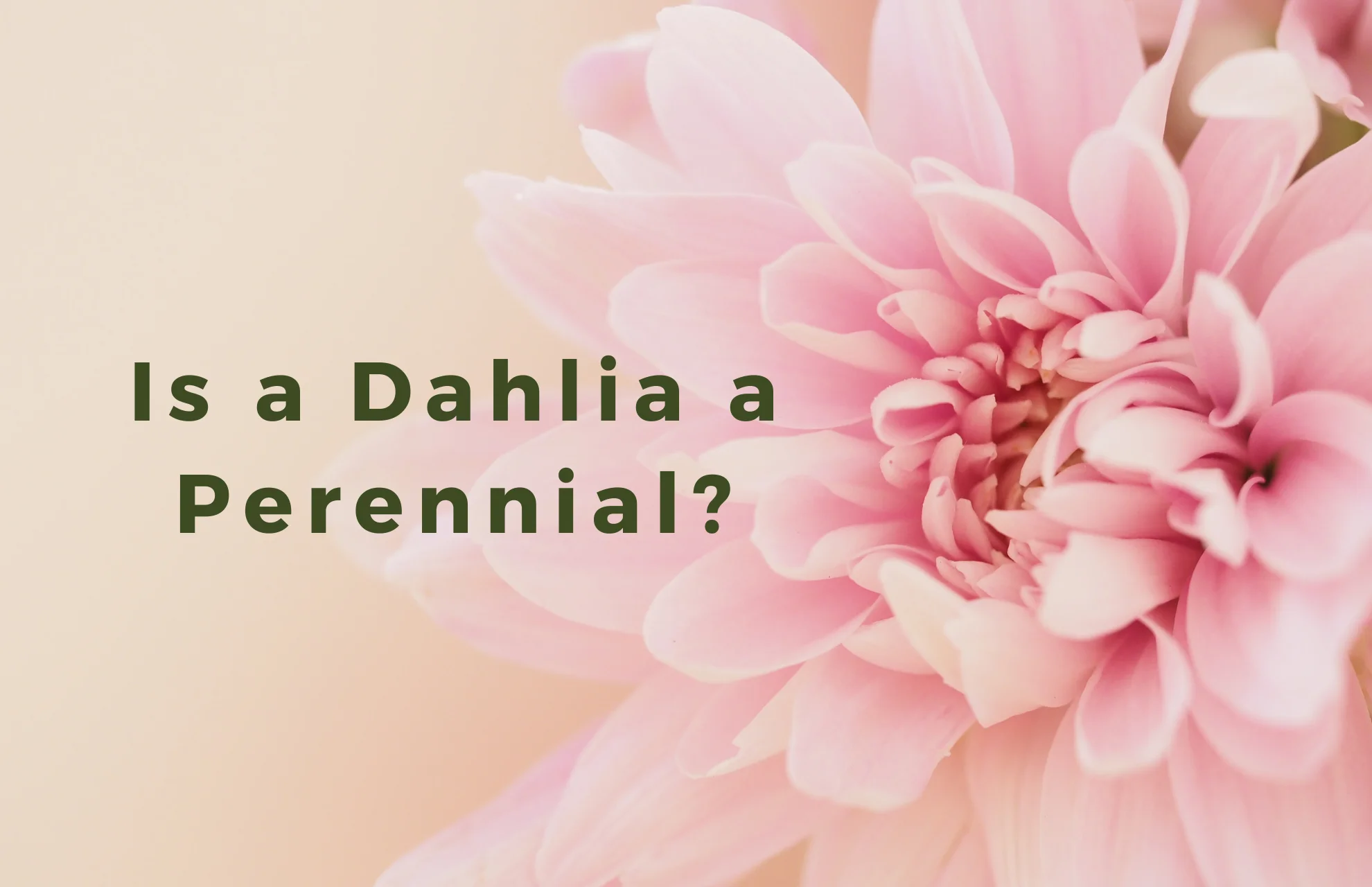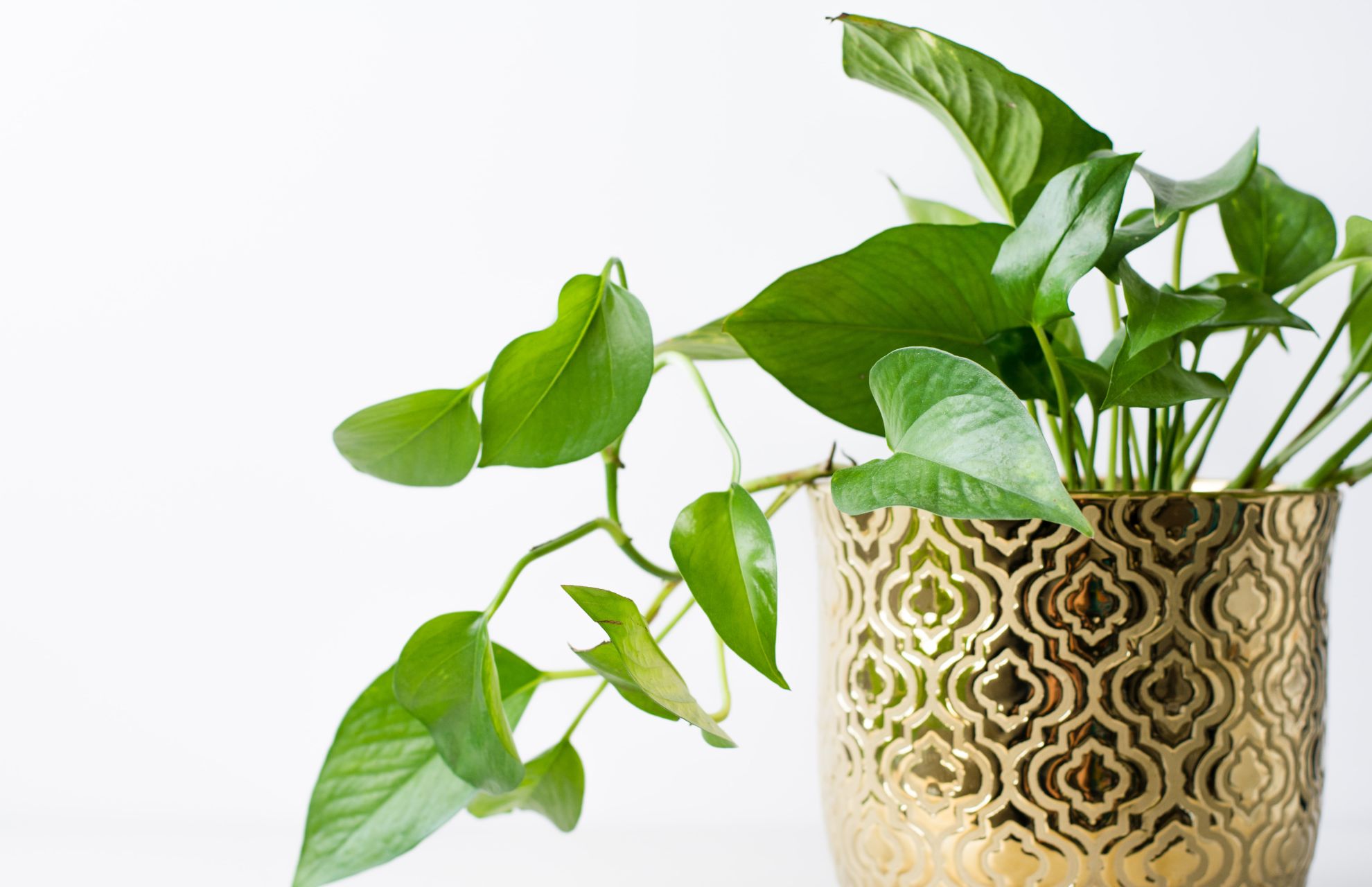Do dahlias belong in the perennial or tender perennial plant families? Dahlias can be grown as perennials, so you’re not the only one who has ever wondered about this.
This is a common query from backyard gardeners. To successfully grow these lovely blooms in your garden, you must have a thorough understanding of the planting and growing processes. Dahlias are regarded as tender perennials. As long as they aren’t exposed to frost, they can come back every year.
Continue reading to find out if dahlias will return each year to adorn your garden in the late summer with beautiful flowers.
Is a Dahlia a Perennial?
Dahlia growers all over the world find that growing dahlias is a popular and rewarding gardening activity. Is a dahlia an annual or a perennial? This is one of the most frequently asked questions.
The answer is that dahlias are delicate perennials, so in order to overwinter, they must be dug up and kept in a frost-free location during the off-season at a mild temperature.
Dahlias are native to the mountains of northern Mexico. In tropical and warm climates, they are resilient or perennial and emerge from the ground each spring. Dahlias are typically perennial in Zones 8 and higher. Dahlia tubers, which are their fleshy roots, are killed by cold temperatures in Zones 7 and lower.

If you garden in a zone 7 or lower, you don’t have to start over with new tubers the following year. Dahlias can be overwintered by being dug up in the late fall and kept in a frost-free location until spring planting time.
Can Dahlias Be Grown as Perennials?
Dahlias can be grown as perennials with a little extra care, which is good news for growers in regions with warmer climates.
You can take precautions to safeguard the tuberous roots of your dahlias over the winter even if you reside and garden in a cool climate. That way, you can enjoy stunning blooms in late summer.
Can You Leave Dahlias in the Ground over Winter?
If you live in USDA hardiness zone 10, you can leave dahlias in the ground over the winter. Dahlias can thrive here year-round because the climate is warm enough.
Dahlias can be left in the ground over the winter in USDA hardiness zones 7 through 9 if precautions are taken. Trim back foliage to a height of only a few inches after the first frost. The dahlia root zone should then have several inches of mulch on top of it. This keeps the dahlia roots safe over the winter.
Dahlias are annual plants in zones with lower hardiness levels. Dahlia tubers must be dug up from the ground, stored for the winter, and then planted again in the late spring. Here’s how to overwinter dahlia tubers:
- Dahlia foliage should be cut back to a few inches tall after the first frost has killed it off.
- Dahlia plants shouldn’t be disturbed for at least one week.
- Carefully remove the soil around the tuberous roots using a spade or garden fork.
- Dahlia tubers should be laid out in a single layer in a cool, frost-free area.
- Trim stems to two inches after letting them dry for a few days.
- Put the tubers in a cardboard box, paper bag, or basket and fill with vermiculite, sawdust, or slightly wet sand.
- Dahlia tubers should be kept dry and between 45 and 50 degrees Fahrenheit and 65 to 75 percent relative humidity.

How to Overwinter Dahlias?
Digging up and storing dahlias for the winter can be a little challenging. Dahlias are actually grown primarily as annuals by many gardeners in cold climates, who purchase new plants every year. Dahlias require some patience, persistence, and trial-and-error when being overwintered.
Wait It Out
Before digging the dahlia tubers in the fall, let the foliage completely wither to the ground. The plant will still actively grow despite a light frost damaging the flowers and some of the foliage. Wait until a killing freeze zaps all the foliage before digging the tubers.
For best results, keep an eye on the forecast and let the tubers continue maturing for a week or more after the killing freeze. As soon as the low temperatures regularly reach freezing, start digging the tubers.
Dig Carefully
A network of underground stems holds the soft, fleshy, and loosely bound dahlia tubers together. They must be handled delicately when being lifted out of the ground to prevent damage.
Working at least a foot away from the main stem, rake the ground all around the clump with a shovel or potato fork to loosen it. Brush away any soil that is still adhered to the individual tubers after carefully lifting the clump of tubers out of the ground.
Cure Dahlia Tubers
In the fall, the tubers emerge from the ground very softly. Spread them out in a shaded, well-ventilated area for a few days to help them harden or cure. Dahlia treatments work well in a garage or covered porch. Make sure to shield them from cold weather.

Store Well
Dahlia tubers must be stored in moist, airy conditions to survive the winter. Tubers will rot in storage spaces that are damp but not ventilated. Tubers will dry out and shrivel up in a well-ventilated area without enough moisture.
By placing tubers in a ventilated box or basket, experts advise achieving a balance between moisture and ventilation. Place the tubers upside down, allowing plenty of space between the clumps.
Check In
Check the tubers every two weeks by pulling back the packing material. Sprinkle the media with water if the tubers seem dry or to be shriveling. Planting tubers in pots about 4 weeks prior to the last spring frost date will give the growing season a head start.
Plant them in the garden once all threat of frost has passed after growing them in a bright, sunny window or under grow lights.
Learn more about Dahlias:
- Is a Dahlia a Perennial? Let’s Find Out!
- Are Dahlias Really Deer Resistant? | Will Deer Eat Dahlias?
- Are Dahlias Deer Resistant? Not Really
- Are Dahlias Annuals or Perennials? How to Tell
What is a Tender Perennial?
A plant that is native to a warm climate zone is considered a tender perennial because it cannot withstand the harsh winter temperatures if it is grown there. In warm climates, it behaves as a perennial as a result, but it needs special attention to survive the harsh winters.
Dahlias are categorized as tender perennials. According to this classification, they can either survive the winter as an annual or bloom as a perennial depending on the hardiness zone of an area.
Conclusion: is a Dahlia a Perennial?
Dahlias are classified as tender perennials, which means they can be perennials in warmer climates but are treated as annuals in colder climates. To keep dahlias as perennials, they must be protected from freezing temperatures during the winter months and planted in well-draining soil. With proper care, dahlias can provide years of beautiful blooms in your garden.
FAQs
Do Dahlias Come Back Every Year?
The leaves and remaining blooms of dahlias collapse in a heap when the temperature drops because they are not frost resistant. There is hope, though. The tubers that grow beneath the ground are unharmed and can live to perform again year after year given a little care from you.
How Do You Tell If a Dahlia is a Perennial?
While tender perennials won’t withstand harsh winters, perennials are plants that live for at least three years. Tender dahlia plants are actually tropical plants, and they are perennial only if you live in USDA plant hardiness zone 8 or higher.
Can You Leave Dahlias in the Ground over Winter?
Dahlias may be left in over the winter, however dahlias are susceptible to rot and/or freeze. Since dahlias are a tuber with a thin skin rather than a bulb, they are not hardy. The spring is the best time to move or transplant your dahlias to a new location.









